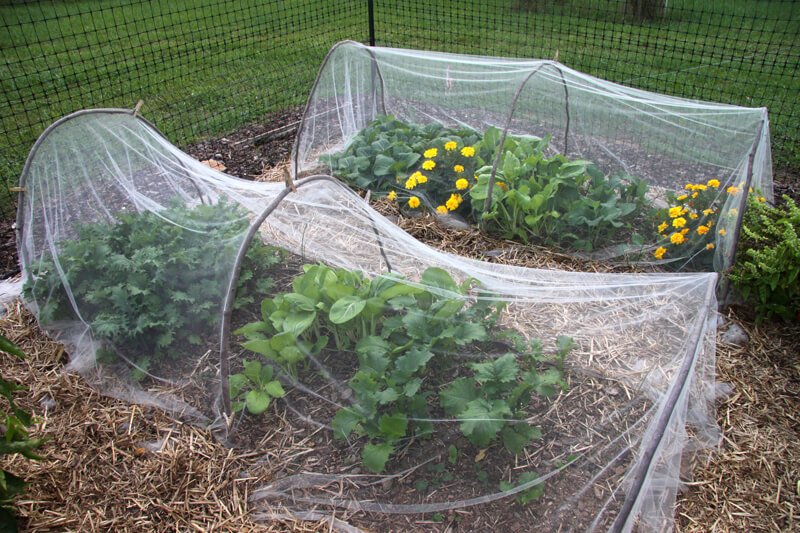Can I Use the Same Growing Techniques for Saffron as I Do for the Purple Passion Flower?
Growing saffron at home requires different techniques compared to the purple passion flower. The delicate purple passion flower thrives in partial shade and moist soil, while saffron prefers full sun and well-drained soil. Saffron corms should be spaced apart, while passion flower vines benefit from intertwining. Each plant demands specific care and attention, making it vital to understand their unique requirements to successfully grow saffron at home.
Purple Passion Flower Growing Guide
1. Learn More about the Plant
The purple passion plant is also called the velvet plant, due to the fact that the texture of the hairs on its leaves provides it with a velvety feel. The way it looks is also what attracts most people since there aren’t many purple houseplants out there. Moreover, once the plant matures, it goes from growing in an upright position to spreading and becoming more vine-like. This means you have two main options for planting it: placing it in a hanging basket or train it to grow on a trellis. Another thing you should know about the purple passion plant is that it doesn’t keep its attractive purple look for too long. In about three years, as the plant matures, the hair on its leaves spread further apart, which makes the purple color fade. The purple passion plant also blooms. However, this doesn’t mean its blooms will improve its look or prove to be an extra area of interest in your home. First of all, the flowers are quite small. They have a yellow or orange shade to them. Second of all, their smell is not that pleasant, which is why most people choose to remove them as soon as they bloom. If you’re interested in growing this plant outdoors, you should know that’s only possible if you live in the USDA zones 10 to 12. That’s because the purple passion is a tropical plant and requires special growing conditions. Most importantly, it can’t stand cold weather, which is why growing it outdoors if you live in a cold area is impossible. If you want your plant to be fuller and bushier, simply pinching off the tips of the stems can accomplish that. The plant will branch out, becoming lusher. Furthermore, you can use the tips to grow new plants and increase the size of your collection. An interesting thing about the velvet plant is that it grows extremely fast. A shoot will become a bushy plant in just a couple of weeks. It will shoot downy leaves of about 6 inches long and develop into a fully-fledged flower. Once the plant starts growing blooms (approximately a year later), it means it has reached maturity. Consequently, you will notice it die back soon enough.2. Provide It with the Perfect Growing Conditions
Since the purple passion plant can’t be grown in just any environment, that means you have to make sure you create the perfect growing conditions for it. The first thing that should concern you is the amount of light the plant is going to get. This plant needs indirect sunlight, which is yet another reason why people grow it indoors, not under direct sun exposure. Still, you have to make sure enough bright light reaches it. Otherwise, the color of the leaves will fade. The brighter the light, the more intense the color of the leaves. If you’re going to place your plant in a window (which a lot of people do), check for scorching signs every now and then. The sunlight coming through the window might be too much for your plant. In this case, adding a sheer curtain that will filter some of the sunlight is the perfect solution.
The right temperature is also crucial when growing a purple passion flower. You have to make sure you keep your plant in temperatures ranging from 65 to 85 degrees Fahrenheit. Since this is a tropical plant, it also enjoys high humidity. As a result, it grows perfectly in kitchens and bathrooms, where there’s usually more humidity. If the humidity is too low, you can use a humidifier or a pebble tray. Whatever you do, don’t mist your plant. The hairs might trap that water, causing the leaves to rot.
When growing it inside, the size of the container and the type of potting soil you use are also important. You should choose a small pot because this plant grows better when its roots are bound together in a small space. The bottom of the pot should have holes in it. This will prevent a lot of water from collecting into the soil, which would lead to the roots rotting. When it comes to potting soil, a basic indoor one will do just fine, as long as you make sure it drains fast but also holds moisture.
If you’re going to place your plant in a window (which a lot of people do), check for scorching signs every now and then. The sunlight coming through the window might be too much for your plant. In this case, adding a sheer curtain that will filter some of the sunlight is the perfect solution.
The right temperature is also crucial when growing a purple passion flower. You have to make sure you keep your plant in temperatures ranging from 65 to 85 degrees Fahrenheit. Since this is a tropical plant, it also enjoys high humidity. As a result, it grows perfectly in kitchens and bathrooms, where there’s usually more humidity. If the humidity is too low, you can use a humidifier or a pebble tray. Whatever you do, don’t mist your plant. The hairs might trap that water, causing the leaves to rot.
When growing it inside, the size of the container and the type of potting soil you use are also important. You should choose a small pot because this plant grows better when its roots are bound together in a small space. The bottom of the pot should have holes in it. This will prevent a lot of water from collecting into the soil, which would lead to the roots rotting. When it comes to potting soil, a basic indoor one will do just fine, as long as you make sure it drains fast but also holds moisture.
3. Plant It
If you want to plant a purple passion flower, you’re going to have to buy an already potted one. You can use that one to propagate the plant as you wish. The great thing about it is that it’s extremely easy to propagate. All you need are some clippings from the old plant to start new ones. Place the clippings in a container filled with a potting mix made out of peat moss, bark, and perlite. This mix will ensure a well-balanced loam in which your plant can develop successfully. Before actually placing the clippings into the mix, water the mix until you notice the water flow evenly from the holes in the bottom of the pot. Use pruning shears to take the clippings from the plant. Then, stick them into the soil and make sure their position is secure. Place the pot in a location where it can get indirect sunlight and warmth, as well as moderate humidity. You have to wait for the plant’s roots to fill the container before transplanting the purple passion flower into a larger pot. At this point, you can also choose to move the plant outdoors, if the climate allows you to grow it there. The site should be fertile and warm, and it should get plenty of filtered sunlight. After making sure the soil is loose, place the plant in a hole that can host its entire root system. Gently cover the rest of the hole with soil and water the area thoroughly.4. Water It
Regardless of whether you’ve planted the purple passion flower indoors or outdoors, watering it is a must for its successful development. Only water the plant when the top 25 percent of the soil has dried out. The roots of the purple passion flower are quite sensitive. This means they’ll rot if you overwater it. Especially in spring and fall, when this plant stops growing, you should reduce the number of watering sessions. Moreover, try and avoid getting the leaves wet. This will damage their health. What you should know about the purple passion plant is that it can stand dry soil much better than it can stand moist one. As a result, even if you neglect watering it every now and then, it won’t die. Even so, if you notice the plant begin to wilt, water it immediately. This will get it to perk up quite fast. The watering process is one of the trickiest ones out of the entire care process for the purple passion plant. This is because you need to find a balance between overwatering the purple passion flower and causing it to rot, and not providing it with enough water and causing it to wilt.5. Fertilize It
The purple passion flower needs fertilizing only in its growing period. At that time, use a water-soluble fertilizer and dilute it to half of its strength. Do this every 2 to 3 weeks for best results. In winter, you can also fertilize it, but you should do it less often, like once a month.









